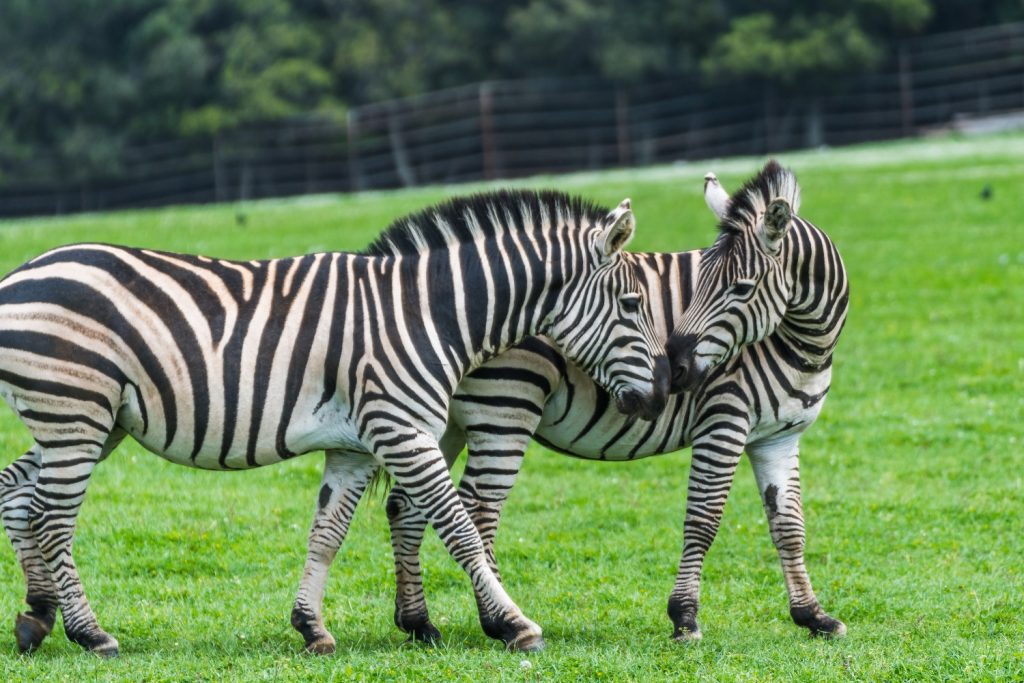You have surely heard of Plitvice, but did you know how many national parks there are in Croatia? Read our guide on all the beautiful national parks you can visit here.
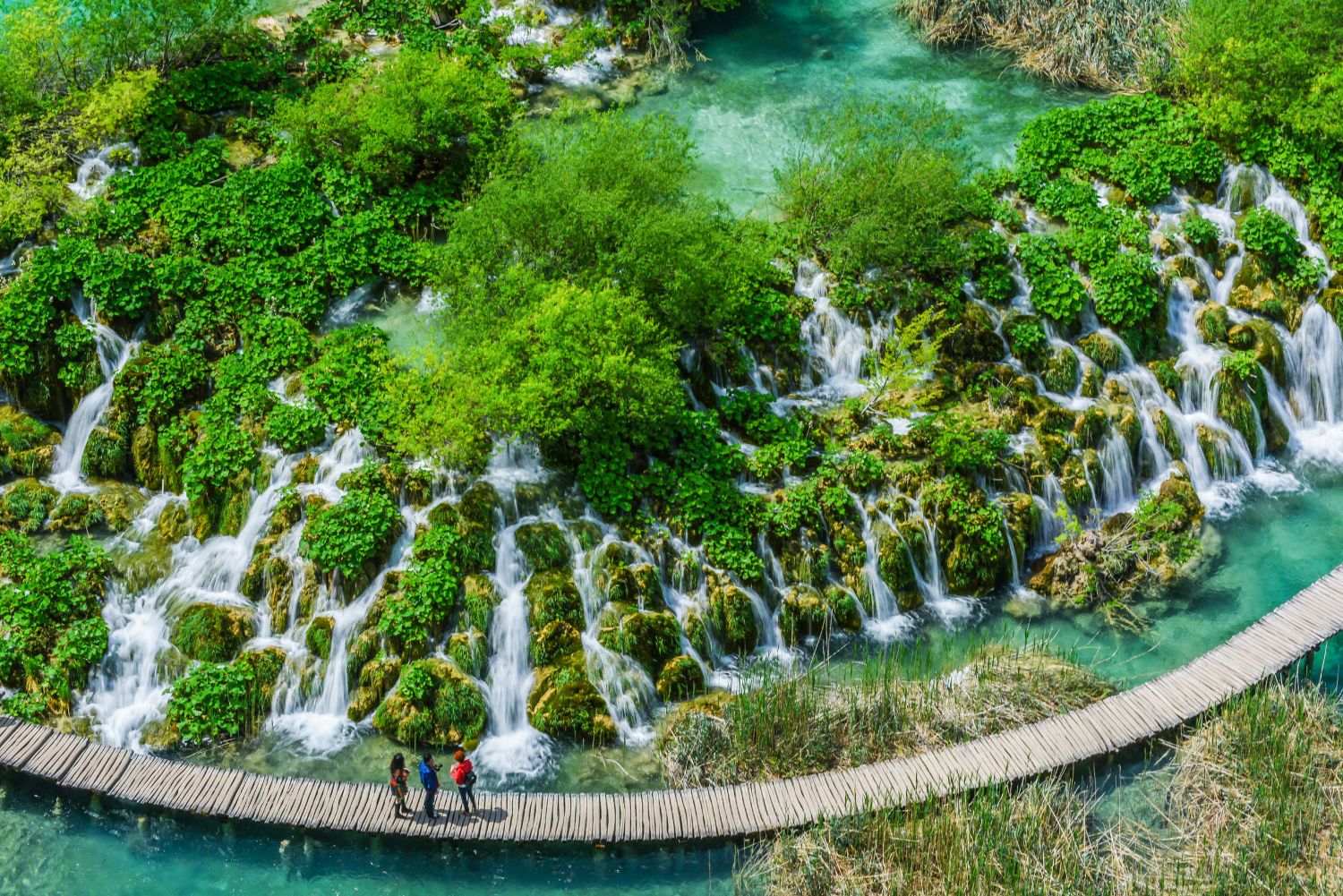
The list of national parks in Croatia is quite impressive and diverse. There are as many as eight national parks, spread across the country, and they include rushing rivers and waterfalls, craggy mountains and lakes and, of course, sunny islands. Croats are very proud of their national parks as they present all the natural riches that our small country boasts. However, if you ask any local how many national parks they have visited, the reply will usually be only a few. Check out the map of national parks in Croatia and you will see why.
Croatia also proudly offers eleven nature parks and many UNESCO World Heritage Sites, so there is plenty to explore both in terms of nature’s bounties and historical man-made landmarks.
Exploring Croatian national parks is a dream come true for active travellers, whether you are looking for refreshment in turquoise waterfalls, planning a hiking trip, or simply want to stroll along wooden paths in the shade of pine trees. Millions of tourists come to visit the national parks every year, and if you are not a die-hard summer traveller, sometimes it’s best to plan your visit in spring when there are less crowds or winter when you can experience a true postcard-worthy icy fairy tale.
Plitvice Lakes
This is the oldest and largest national park in Croatia and also one of the most famous attractions in Croatia. It is also the oldest national park in Southeast Europe and probably even the most impressive one. The breathtaking beauty of Plitvice amazes anyone who visits it and it is equally stunning any season of the year. It was proclaimed a national park on April 8, 1949 and listed as a UNESCO World Heritage Site in 1979.
Plitvice Lakes comprise sixteen larger lakes and several smaller ones, connected with a variety of smaller and larger waterfalls. You cannot swim in the water, but you can drink it! Even though the Park was named after the lakes, they only make up 1% of the territory – the rest is mostly forest. The largest inhabitant and symbol of the Park is the bear.
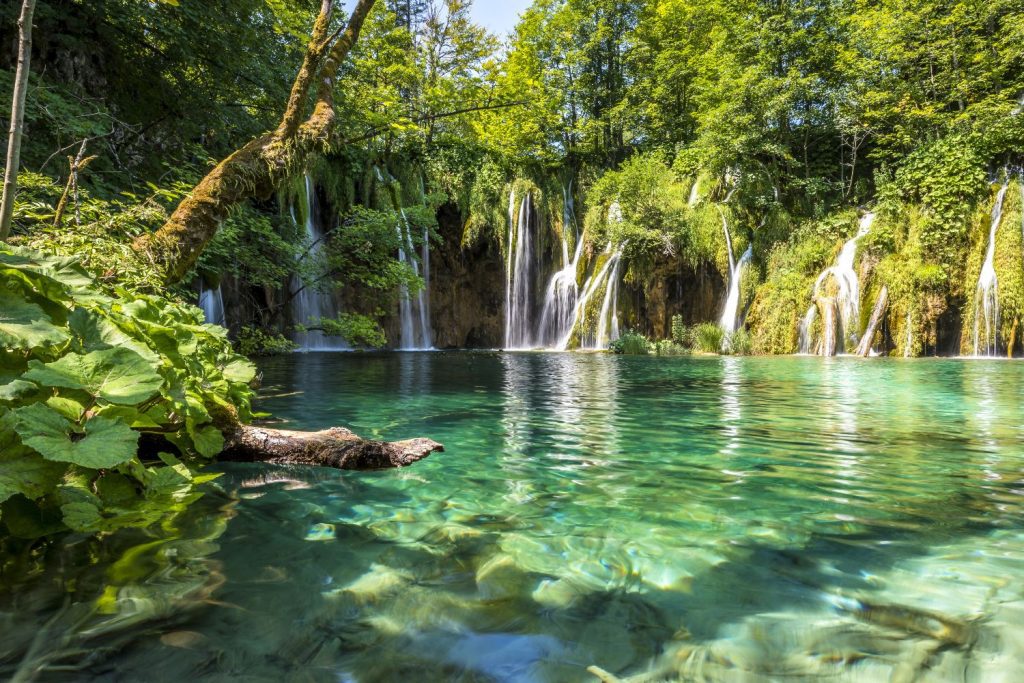
Paklenica
Located in the southern part of Mount Velebit, Paklenica is a climber’s paradise. This rocky wonder became a national park a few months after Plitvice and comprises a relatively small area, covering only 96 km2. The main attractions are two spectacular canyons called Velika Paklenica and Mala Paklenica, offering a stunning view of the sea below.
The Big Wall Speed Climbing is an international annual competition taking place during the first weekend of May and that is when the park receives the most visitors.
If you are wondering where to camp when visiting Paklenica, Camping Village Šimuni is located 75km from the National Park on the beautiful island of Pag.
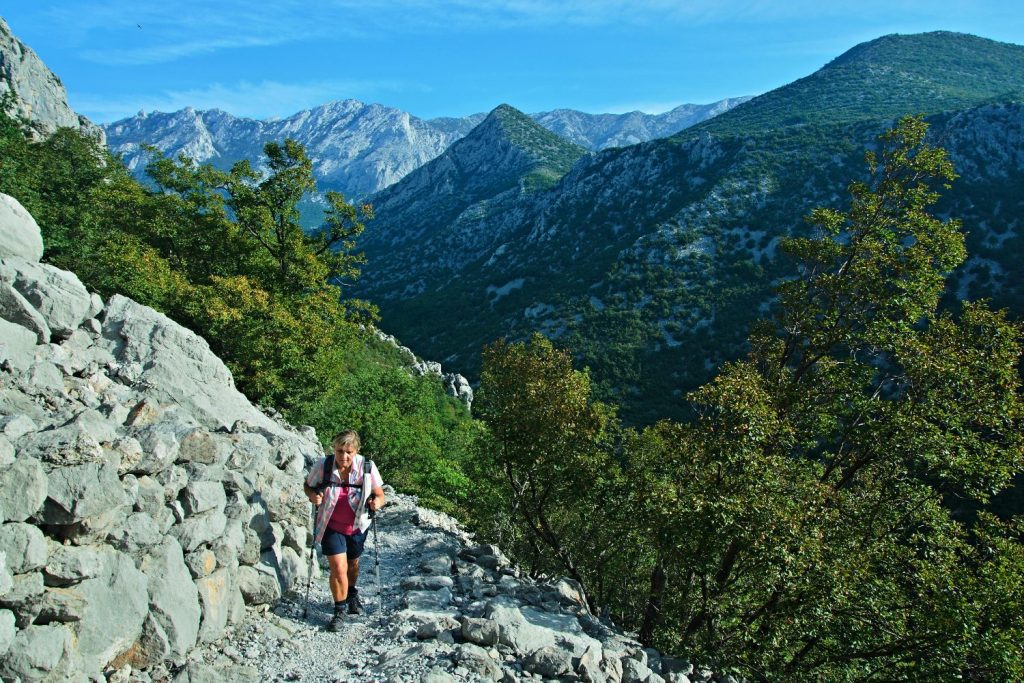
Northern Velebit
Velebit is home to another national park, the youngest one in Croatia, recognised in 1999. It is home to an endemic species of plant in the mustard family called Degenia velebitica which is one of the symbols of Croatia, found on the 50-lipa coin.
On the karst and wooded surface you can find scattered ruins of old houses and centuries-old drywall, while the underground hides an impressive array of pits and caves which another endemic species calls home, the Velebit leech. The 1431m-deep Luke’s Pit (Lukina Jama) is the deepest cave in Croatia and the 14th deepest cave in the world. The bear, wolf, lynx and golden eagle inhabit this preserved eco-system, designated a UNESCO biosphere reserve. Velebit holds a special place in Croatian minds and once you visit it, you will always want to come back.
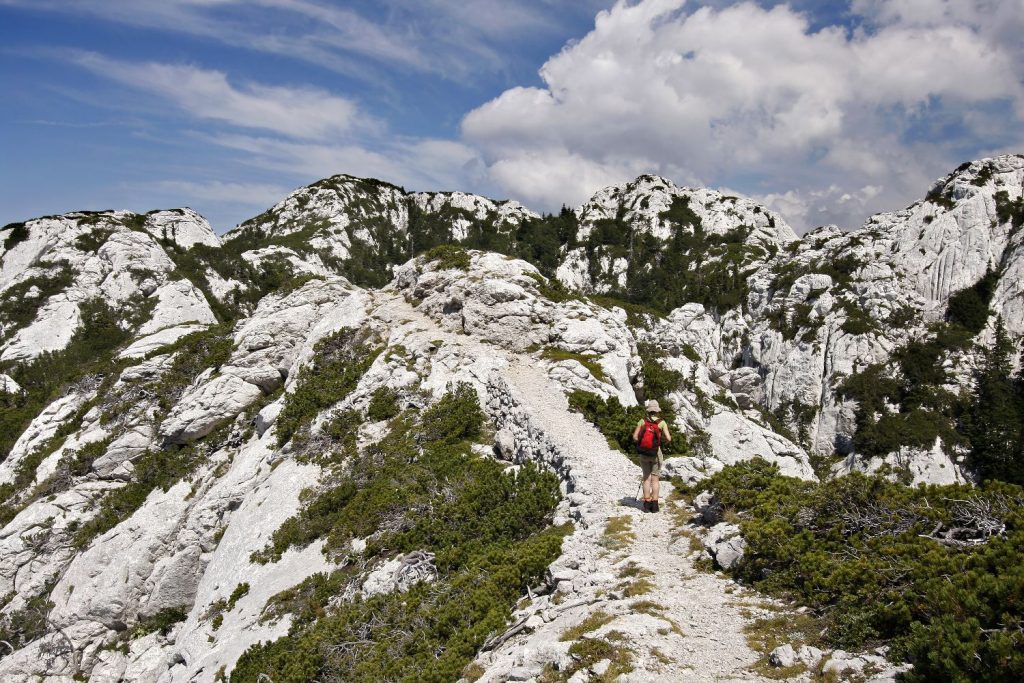
Krka
Krka is the second of two national parks in Croatia with waterfalls and it is also the second most visited national park. It was officially granted the status in 1985 and visitors love it so much that the government had to limit the number of visitors in order to keep it protected from the crowds.
Unlike Plitvice, many of the Krka lakes are open to the public for swimming! The magical Krka River is one of the richest rivers in Europe, and Krka National Park interestingly has the second highest concentration of lavender in Europe! There are also archaeological remains of the unpreserved fortress dating back to the Roman times.
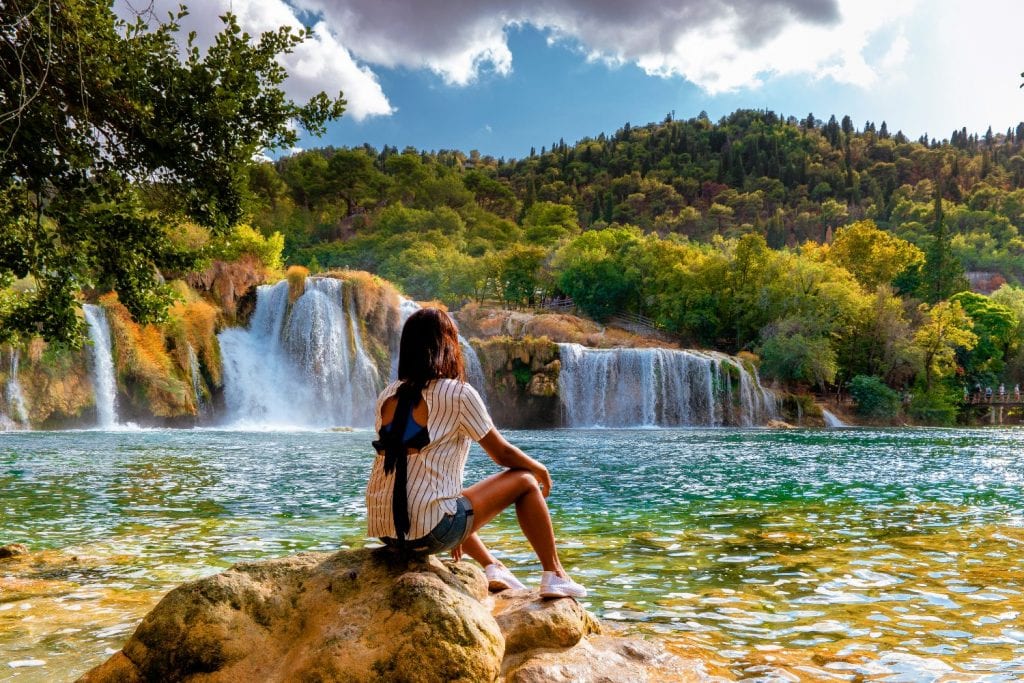
Kornati
Diving in the underwater around Kornati is an unforgettable experience. A national park since 1980, the Kornati Archipelago consists of 140 islands, islets and reefs, 89 of which are part of the national park. Ask any sailing lover and they will tell you that Kornati is one of the best national parks in Croatia. Its name comes from the Latin word ‘corona’ which means ‘crown’, illustrative of its recognisable vertical cliffs.
The islands are uninhabited, so they must be visited by boat – usually from the nearby town of Murter – and there are some fantastic restaurants you can enjoy. The islands were inhabited in the Neolithic age by Illyrians and they were once covered in lush vegetation which has decreased due to erosion caused by the sea, overgrazing by sheep and fire. There are still olive groves, vineyards and orchards that belong to people from Murter Island.
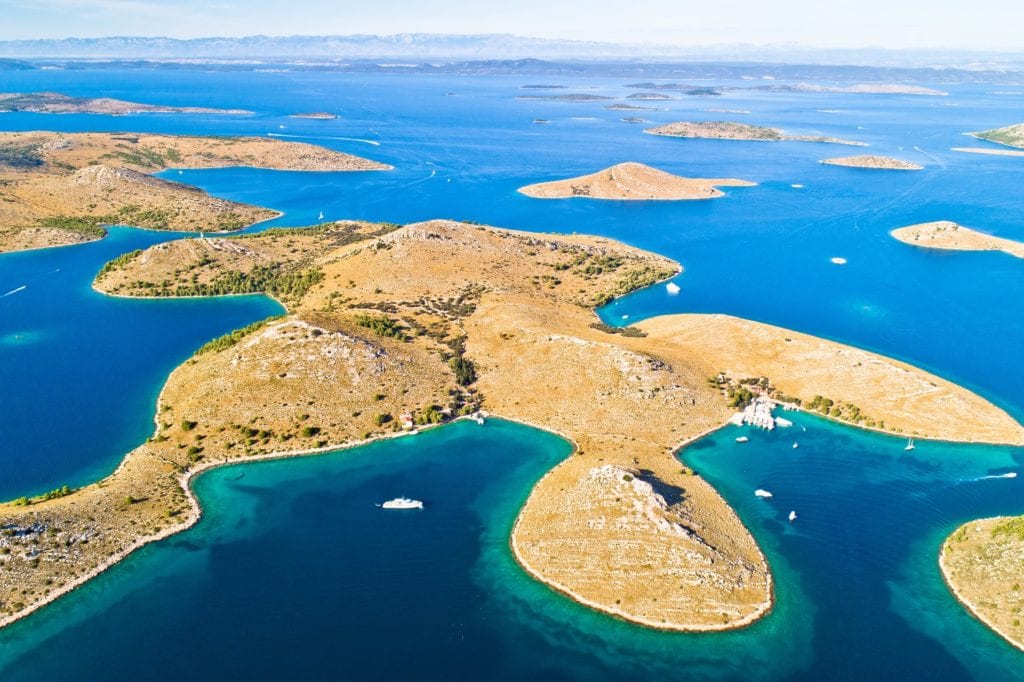
Mljet
Mljet National Park is located on one of the southernmost islands of Croatia and it is the oldest marine protected area in the Mediterranean. It was officially recognised as a national park in 1960 and its name is a variation of the Ancient Greek word for honey, as the island is believed to have been inhabited by numerous bee colonies, which is not surprising as over 75 percent of the island is covered with thick, green forests.
There are many legends surrounding the island of Mljet – it is said that the nymph Calypso kept Odysseus captive there for seven years, St Paul the Apostle shipwrecked in the waters, and that the island was a holiday destination of the Greek hero Ulysses! Legends or not, the mythical island is definitely worth a visit. It is perfect for escaping from the world into the tranquility of the forest and admiring two stunning natural salt lakes and the 12th-century Benedictine Monastery on St Mary’s island – an island within the island – situated on Veliko Jezero (Large Lake).
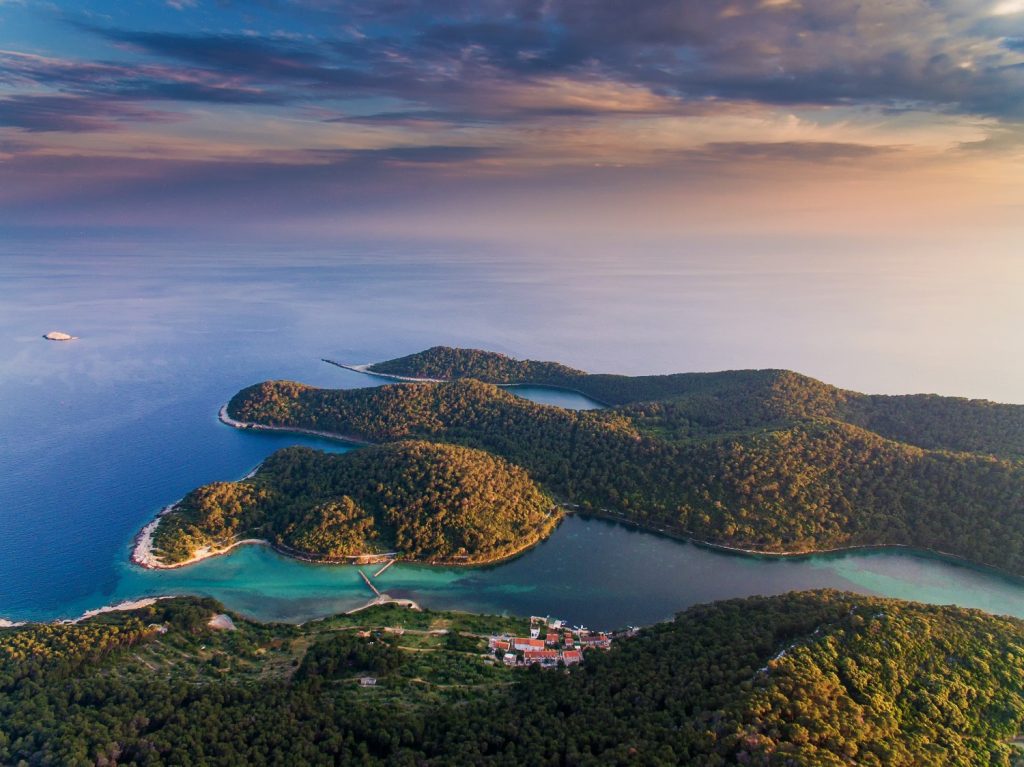
Risnjak
This seldom visited national park, bearing the title since 1953, is located in the heart of unspoiled Gorski Kotar, a magnificent forest region sometimes called the Croatian Switzerland and also known as the Lungs of Croatia. It is the least known among the national parks, but undeniably beautiful and full of wildlife. Its name honours the lynx, called ris in Croatian. An absolute treasure for nature lovers, it offers many different hiking trails for all tastes, a mountain lodge and accommodation.
Risnjak Trail is a trail running competition taking place at the beginning of July every year.
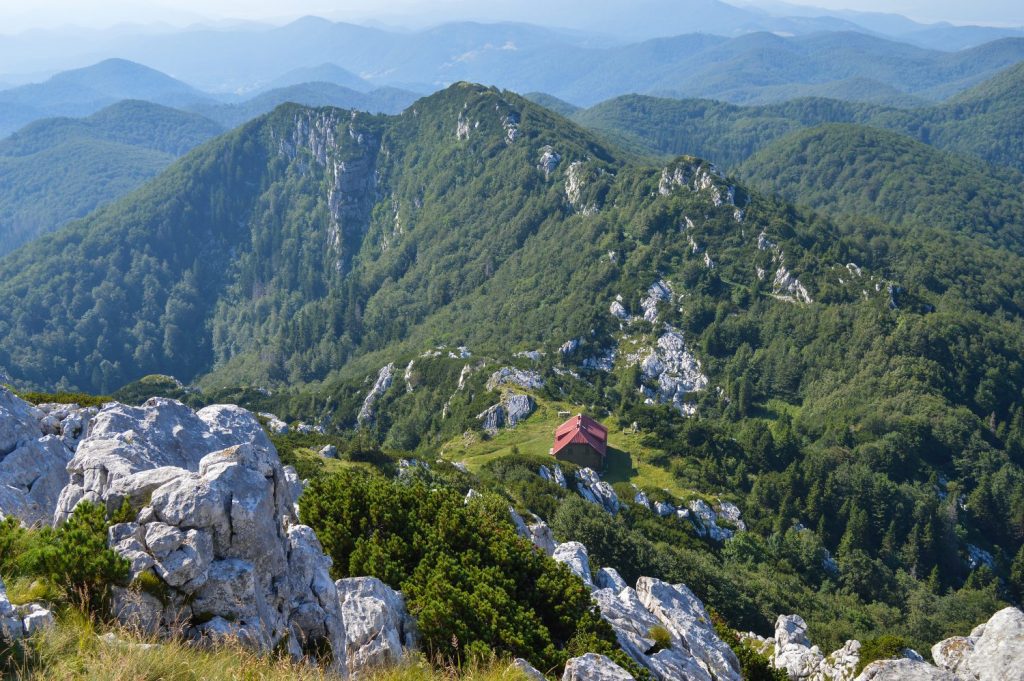
Brijuni
This charming archipelago is located off the west coast of Istria, very close to Pula, and separated from mainland by the Fažana Channel. It consists of two islands and 12 islets and was once a famous destination of the elite of Austrian, Hungarian and German aristocracy, when Istria was part of the Austro-Hungarian Empire, and later the private summer residence of Josip Broz Tito. You can feel the luxury of past times everywhere you go, as there are many architectural treasures and carefully maintained parks and promenades on the islands.
A national park since 1983, Brijuni have an incredibly rich natural and archaeological history, including a Bronze Age hill-fort dating back to 14th century BC and over 200 dinosaur footprints!
Now the only thing left to do is plan your trip and come see for yourself!
